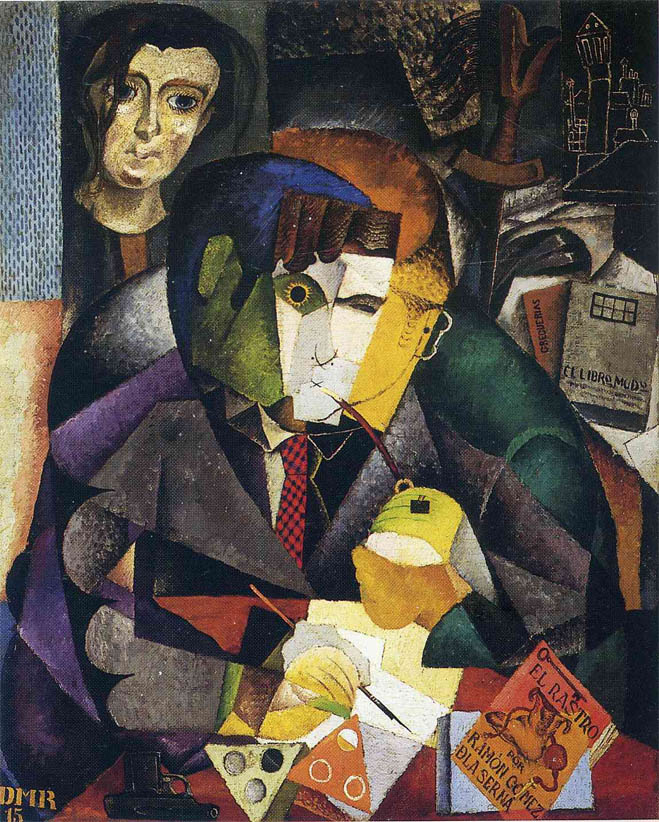Rivera, Diego (1886-1957)
Retrato de Ramón Gómez de la Serna (Portrait of Ramón Gómez de la Serna)
1915
Oil on canvas, 110.5 x 90.5 cm
Museo de Arte Latinoamericano, Buenos Aires
See also:
• El Rastro (Madrid) | Gómez de la Serna, Ramón (1888-1963)
